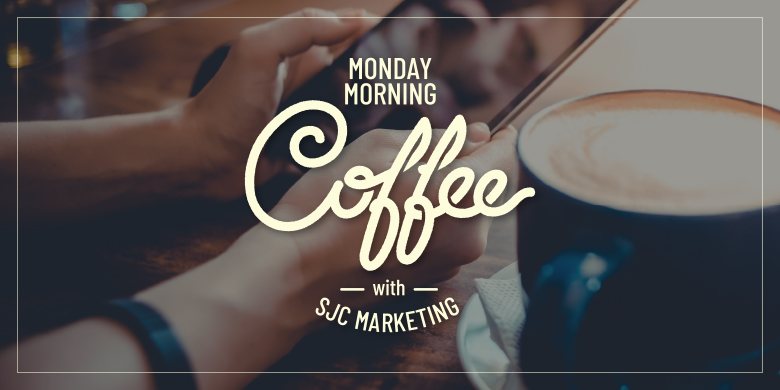In the marketing world, a shift towards diversity and inclusion is happening. We hear and see more from many voices and faces we have not heard from before. One of those groups, People with Disabilities (PWD), has been creating more content discussing their disabilities and how they affect their everyday life experiences. They share frustrations, illegal behaviors towards them, microaggressions, funny stories, makeup tips, relationship advice and even sweet dance moves utilizing mobility devices.
We are also seeing a trend in web development and social media content towards accessibility, largely fueled by the Web Content Accessibility Guidelines (WCAG 2.1) and the presence of these newly amplified PWD voices. Here’s something to sip on with your Monday Morning Coffee: when a group this large has a platform to communicate its wants and needs to the rest of the world, marketing efforts can no longer ignore them.
PWD are the single largest minority in the world, spanning all classes, races, sexual orientations, gender identities, ethnicities, religions, geographic locations and professional fields. According to a report by the CDC in 2020, 19.1% of people in the US have a disability, including 26% of adults, and that number grows with age. The disability community is as diverse as the general population, and the disabilities people have are also diverse. So, how do you market to a group this expansive that has many unique needs?
Let’s start by recognizing a few simple concepts from PWD:
- “Nothing about us without us.” This rallying cry was originally coined by South African disability activists Michael Masutha and William Rowland, and it has become a rallying cry around the world for various advocacy groups.
- Accessibility for disabled bodies means accessibility for all bodies. The concept is wildly simple. A ramp with a handrail is for everyone. Steps are not. We are now seeing this in action on social media and streaming platforms. Hearing people are using closed captioning because it makes their viewing experience more enjoyable on Netflix or TikTok.
- PWD support other PWD. A majority (54%) of consumers with disabilities support business owners with disabilities and businesses that hire PWD. We all vote with our dollars, and PWD use that opportunity to support businesses that understand their needs.
- PWD have better things to do than troubleshoot inaccessibility. 90% of customers who encounter accessibility barriers on your website will not take the time to let you know about it. Why should they? What happens instead? They leave. They want a user experience equitable to everyone else’s user experience. When that is not provided, there is a competitor somewhere who didn’t wait for a complaint to accommodate all users.
This is a population that gets left out of discussions about diversity. They have decisions made on their behalf without their input at board meetings, event planning sessions, product design reviews and so much more. If you want to market to PWD, you have to include them in the conversation and listen to what they have to say.
When marketing to PWD, all of the same concerns for any marketing effort apply: brand awareness, client education, budget, etc. However, there are additional challenges that need to be addressed with a respectful tone and an open mind, such as:
- Genuine lack of knowledge about specific needs, coupled with a lack of market research
- Acknowledging and overcoming bias and general discomfort with disabilities
- Lack of PWD in decision making
- Getting the language right
- Overcoming the idea that disability is a “niche” market
- Lack of representation in your company’s workforce
- Lack of representation in marketing campaigns
- Inaccessibility due to lack of planning, physical limitations or communication barriers
- Fear of failure
Why go to all this trouble in your marketing? Aside from the fact that every human holds value and deserves to have all of your marketing tools accessible to them, PWD have influence over consumer spending. According to a 2018 study by American Institutes for Research (AIR), working-age PWD in the US have discretionary income totaling $21 billion. According to the Return on Disability 2020 Annual Report, the estimated 1.85 billion PWD touch the lives of 73% of customers, giving the disability market control over $13 trillion in disposable income via direct spending and influence. That is an enormous market. Accessibility, diversity, inclusion and equity for PWD should not be an afterthought but a key part of your marketing.
This week, we celebrate Monday Morning Coffee with a look at PWD and the ways it is shaping the future of the marketing world. For more information on this topic, here are some additional resources:


